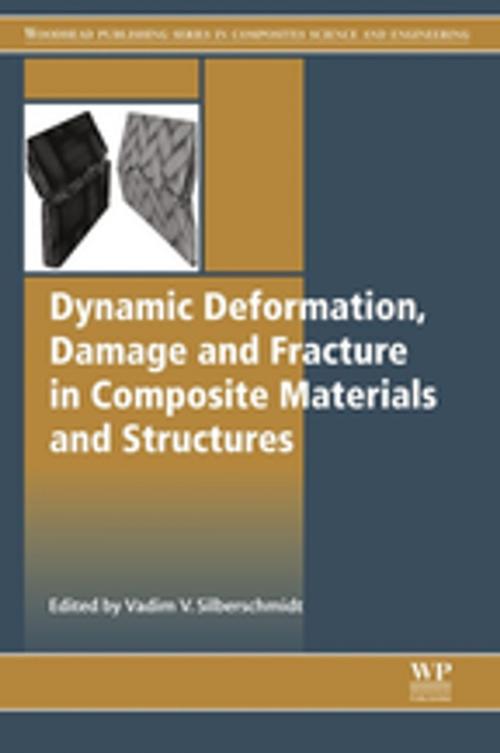Dynamic Deformation, Damage and Fracture in Composite Materials and Structures
Nonfiction, Science & Nature, Technology, Fracture Mechanics, Material Science| Author: | ISBN: | 9780081000830 | |
| Publisher: | Elsevier Science | Publication: | January 23, 2016 |
| Imprint: | Woodhead Publishing | Language: | English |
| Author: | |
| ISBN: | 9780081000830 |
| Publisher: | Elsevier Science |
| Publication: | January 23, 2016 |
| Imprint: | Woodhead Publishing |
| Language: | English |
Composite materials, with their higher exposure to dynamic loads, have increasingly been used in aerospace, naval, automotive, sports and other sectors over the last few decades. Dynamic Deformation, Damage and Fracture in Composite Materials and Structures reviews various aspects of dynamic deformation, damage and fracture, mostly in composite laminates and sandwich structures, in a broad range of application fields including aerospace, automotive, defense and sports engineering.
As the mechanical behavior and performance of composites varies under different dynamic loading regimes and velocities, the book is divided into sections that examine the different loading regimes and velocities. Part one examine low-velocity loading and part two looks at high-velocity loading. Part three then assesses shock and blast (i.e. contactless) events and the final part focuses on impact (contact) events. As sports applications of composites are linked to a specific subset of dynamic loading regimes, these applications are reviewed in the final part.
- Examines dynamic deformation and fracture of composite materials
- Covers experimental, analytical and numerical aspects
- Addresses important application areas such as aerospace, automotive, wind energy and defence, with a special section on sport applications
Composite materials, with their higher exposure to dynamic loads, have increasingly been used in aerospace, naval, automotive, sports and other sectors over the last few decades. Dynamic Deformation, Damage and Fracture in Composite Materials and Structures reviews various aspects of dynamic deformation, damage and fracture, mostly in composite laminates and sandwich structures, in a broad range of application fields including aerospace, automotive, defense and sports engineering.
As the mechanical behavior and performance of composites varies under different dynamic loading regimes and velocities, the book is divided into sections that examine the different loading regimes and velocities. Part one examine low-velocity loading and part two looks at high-velocity loading. Part three then assesses shock and blast (i.e. contactless) events and the final part focuses on impact (contact) events. As sports applications of composites are linked to a specific subset of dynamic loading regimes, these applications are reviewed in the final part.
- Examines dynamic deformation and fracture of composite materials
- Covers experimental, analytical and numerical aspects
- Addresses important application areas such as aerospace, automotive, wind energy and defence, with a special section on sport applications















